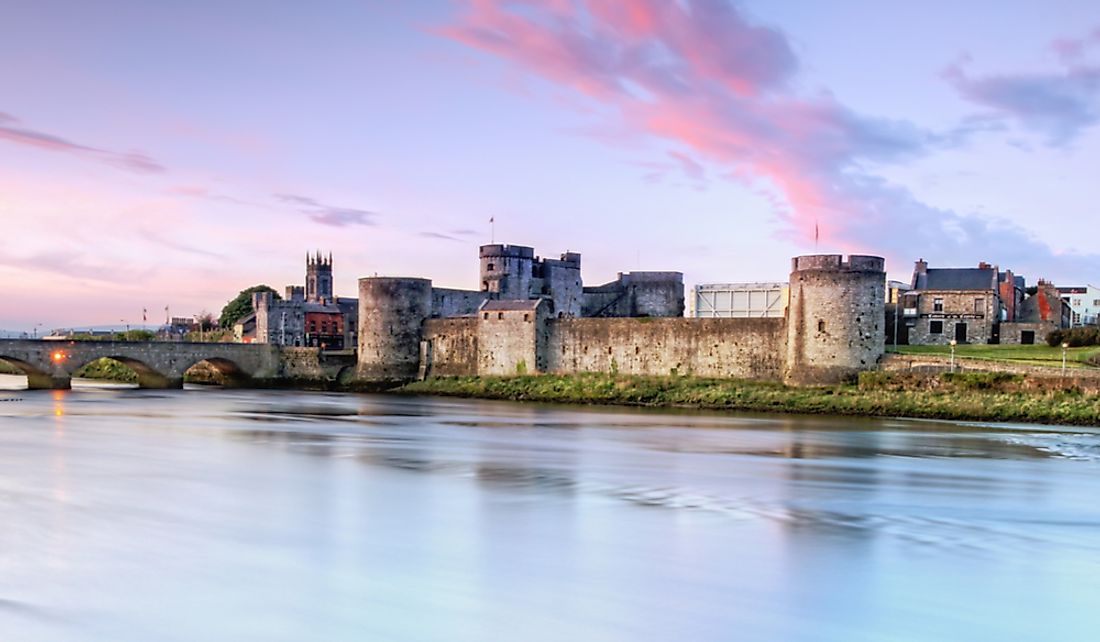Was There Ever a King of Ireland?

A monarchical system governed Ireland from ancient times until the formation of the Republic of Ireland in the early 20th century. The King of England served as the King of Ireland until the formation of the Republic of Ireland in 1949.
Gaelic Kingdoms of Ireland
Ancient Ireland was not a unitary state but a conglomerate of between five and nine primary kingdoms that were subdivided into several smaller kingdoms. Each was governed separately and territorial disputes were common. Legends tell of the High Kings of Ireland who were thought to be supreme kings of the entire island of Ireland, but historians dismiss these accounts as false. In 1169, the Normans began invading Ireland with the aim of establishing control over the territory. After six years of resistance, the Irish kingdoms collapsed, and the entire island came under the control of the King of England.
Lords of Ireland
Due to the vastness of Ireland, King Henry II of England delegated the control Ireland to his son, John, as the Lord of Ireland at the age of 10. In 1199, John succeeded his father as the King of England but continued serving as the lord of Ireland. By the mid-13th century, the geographic region under the control of the King of England had expanded into Scotland and France. The king's grip over Ireland became weak, and the Gaelic nobility began reclaiming lost territory. In the late 1390s, England's control over Ireland had shrunk notably that the King of England was no longer in control.
The Kingdom of Ireland
In 1541, the Irish Parliament abolished the title of the lordship of Ireland and created the title of the King of Ireland. The King of England held the position, and so King Henry VIII of England became the first King of Ireland while Katherine Parr became the first queen. However, King Henry VIII had been excommunicated three years before and was therefore not recognized by the European Catholic monarchs. In 1603, Scotland became part of the Union of the Crowns. For a brief period in the mid-17th century, there was no 'King of Ireland' as monarchical wrangles and Irish rebellions swept across the region forcing King Charles II to seek refuge in France. He returned in 1660 and was declared the King of England, Scotland, and Ireland.
Republic of Ireland
The Acts of Union 1800 established the union between Great Britain and Ireland that existed as the United Kingdom of Great Britain and Ireland. The union existed under the King of Great Britain until December 1922 when a large part of Ireland left the United Kingdom and formed the Irish Free State within the British Empire. The northern regions of Ireland chose to remain in the United Kingdom, and the political union existed as the United Kingdom of Great Britain and Northern Ireland. The Irish Free State and the United Kingdom recognized King George V as the Supreme Monarch. In 1936 the king died. A year later, the Irish Free State adopted a new constitution that changed the country's name to Ireland and abolished the monarchy. In 1949, Ireland became a republic and was after that known as the Republic of Ireland. It left the Commonwealth of Nations and no longer recognized the monarch.











